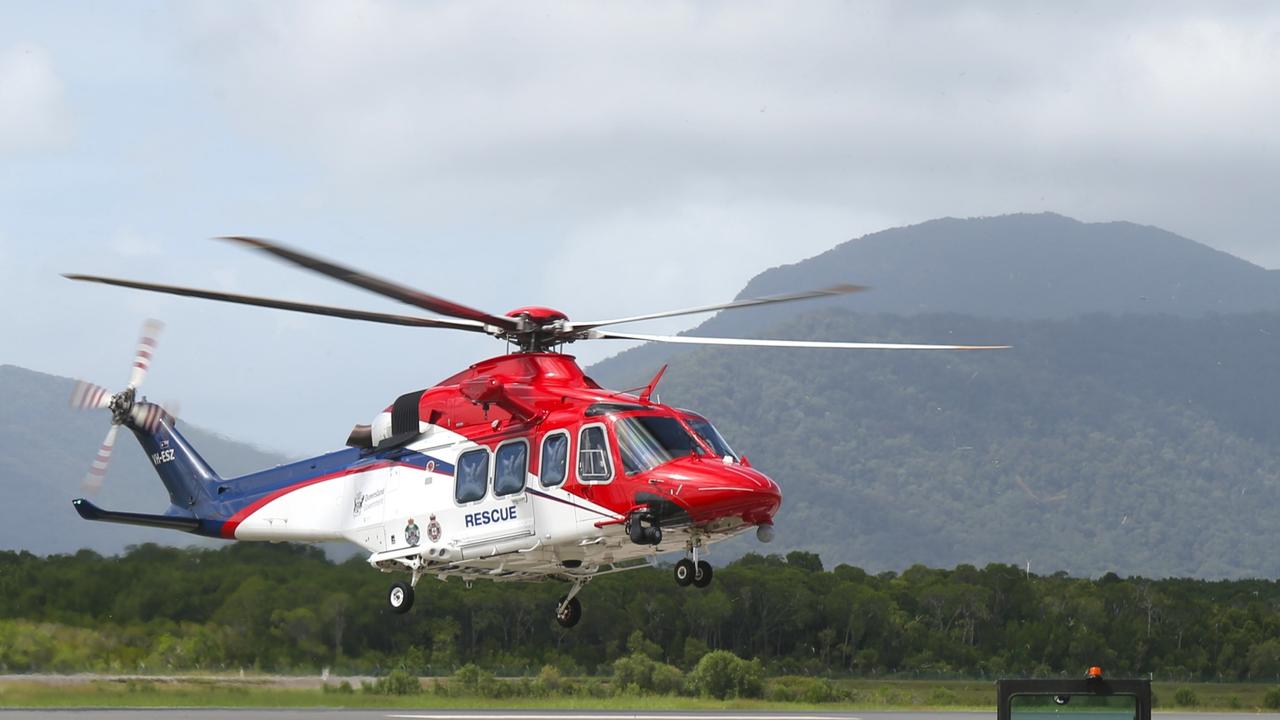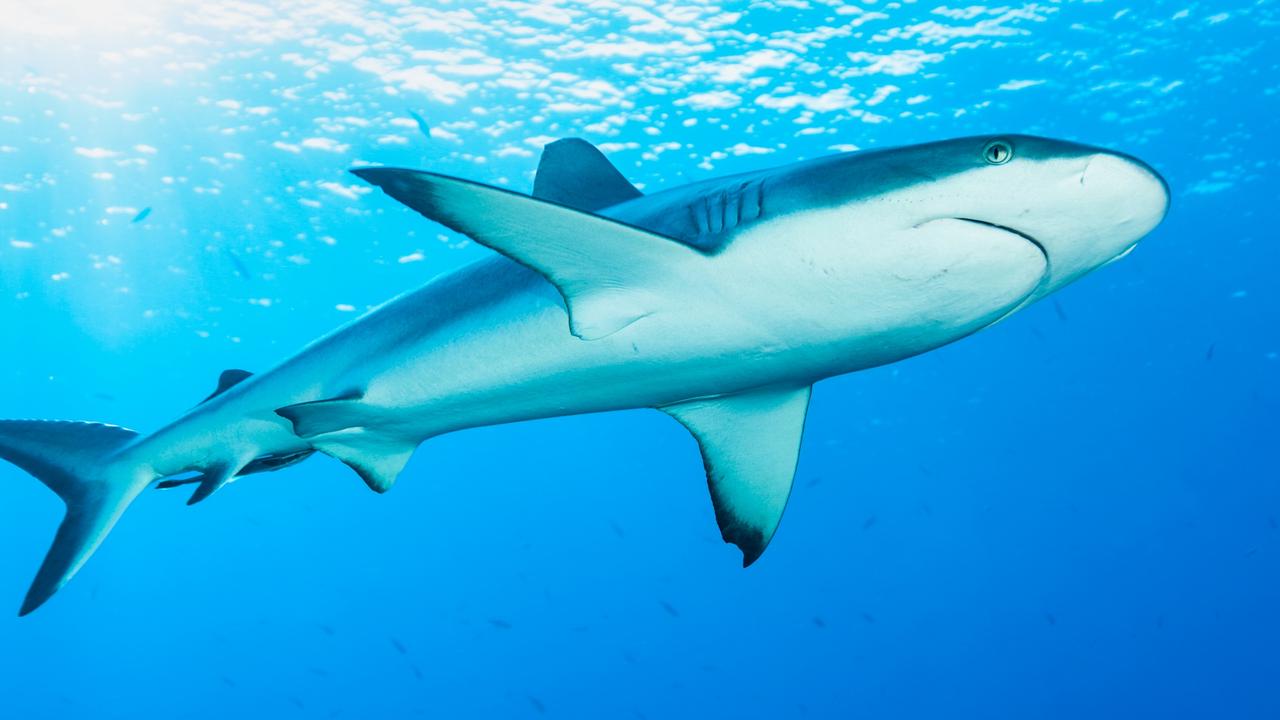‘I would not swim there’: Salties move into ‘safe’ swim spot
A traditional owner had demanded the removal of a large croc spotted by rangers this week at a popular Far North swimming and kayaking spot previously thought to be safe. See the pictures.
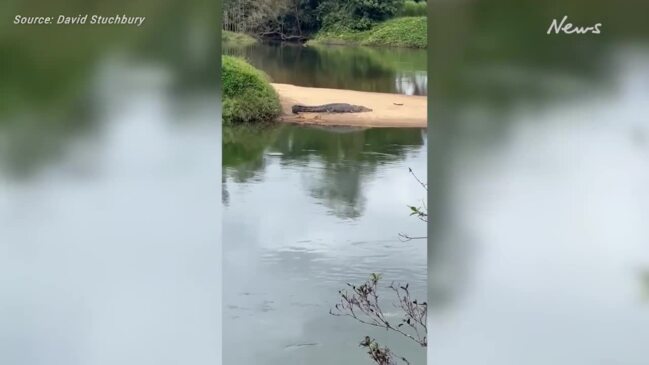
Cairns
Don't miss out on the headlines from Cairns. Followed categories will be added to My News.
First it was Green Patch, then Ross and Locke and now it appears upper reaches of the Mulgrave River, previously thought to be croc free, could be too dangerous to enjoy.
On Thursday Jawajawa Rangers patrolling an area upstream of the Fisheries Crossing bridge reported sighting a 3-4m saltwater crocodile sunning itself on the river bank.
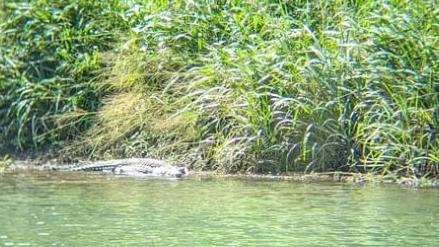
In April this year What’SUP Cairns was forced from the same section of river after a two metre saltwater crocodile was spotted eating ducks in the area.
Goldsborough Valley local Kate Rasmussen said it was concerning crocs were making their way further up the river and small crocs had also been reported at the Goldsborough Valley Campground.
“I don’t care that there are crocs in the estuary and in the Russell River but the ones that interest me it’s the ones we get here,” she said.
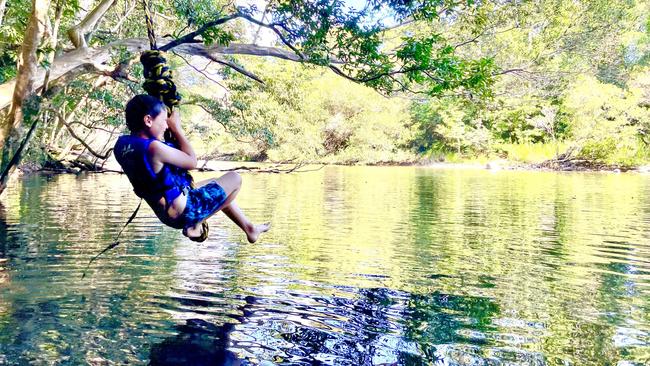
“I just feel like they should be doing something about it when they are in popular swimming and camping areas.”
Traditional owner Aggie Munro was furious that children taking part in cultural learning at the Bora camp site, within the Goldsborough Valley Campground, couldn’t swim in the river.
Ms Munro said rangers had told her smaller crocs were now present in the water near the campground.
“This really upsets us because they can’t go for a swim, they can’t enjoy themselves,” she said.
“And even us, we can’t go fishing and take our grandchildren there, it’s just not possible anymore.
“I think they should be getting rid of it.”
Ms Munro said the croc photographed by rangers recently had now eaten most of the ducks on the river.
She demanded action to remove the large croc from near Fisheries Crossing bridge.
“What are they waiting for, someone to get taken?” she asked.
“Why should they be allowed to come into our rivers and waterways and no one can enjoy them anymore, it’s making us so angry.”
The bridge where the croc was spotted is more than 45km from where the Mulgrave River meets the sea.
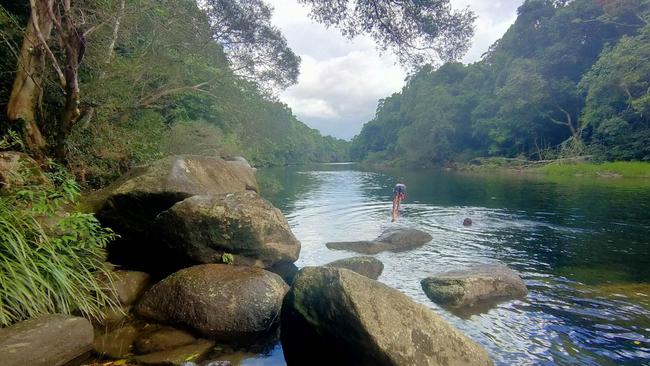
According to the QWildlife app a saltwater crocodile was sighted just upstream of Fisheries Crossing bridge on August 10, however no further action was taken by the Department of Environment and Science.
Given the advance of decent-sized crocs up the Mulgrave River, Ms Rasmussen had made a firm decision when it came to getting in the water.
“I would not swim anywhere there now,” she said.
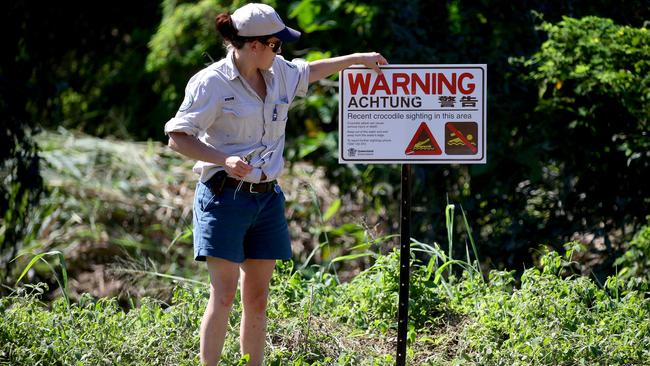
The Department of Environment and Science received a second hand and anonymous report on August 10, of an estuarine crocodile in a remote section of the Mulgrave River adjacent to Wooroonooran National Park.
A DES spokesman said under the Queensland Crocodile Management Plan, that section of the Mulgrave River is designated Zone E – General Management Zone, in which crocodiles displaying dangerous behaviour are targeted for removal from the wild.
DES has received no information to suggest the crocodile is behaving dangerously and it is not being targeted for removal.
A new $4.175m croc safety campaign launched in May proposed small-scale physical Crocwise barriers to prevent crocodile attacks in high-risk areas, however it’s not clear if barriers could work to make the upper reaches of the Mulgrave River safer.
A 2021 survey of Queensland croc numbers found there were 20,000 to 30,000 salties in the wild that made up an increasingly healthy population now bouncing back strongly after being nearly wiped out by hunting before a ban was introduced in the early 1970s.
More Coverage
Originally published as ‘I would not swim there’: Salties move into ‘safe’ swim spot



